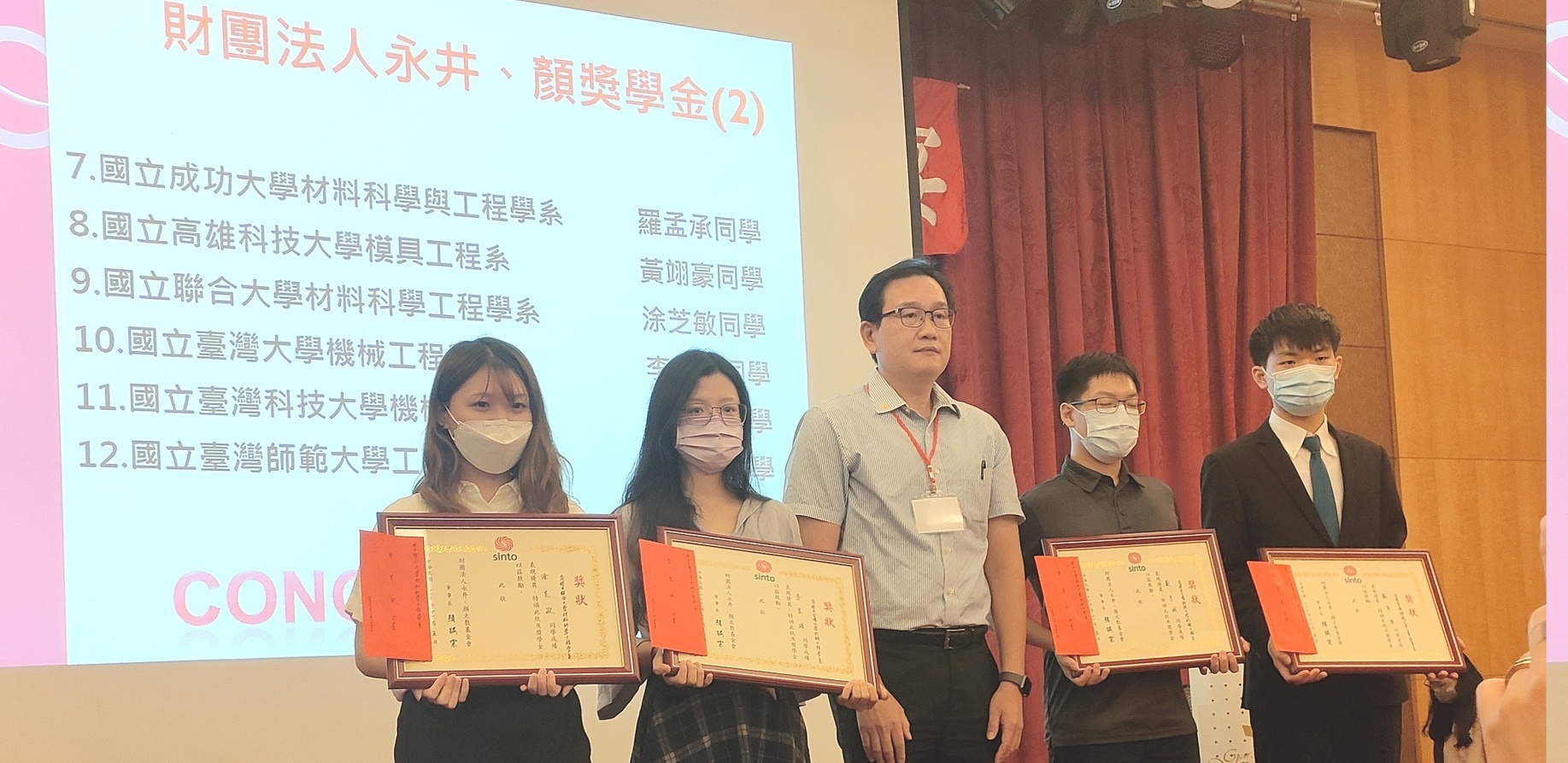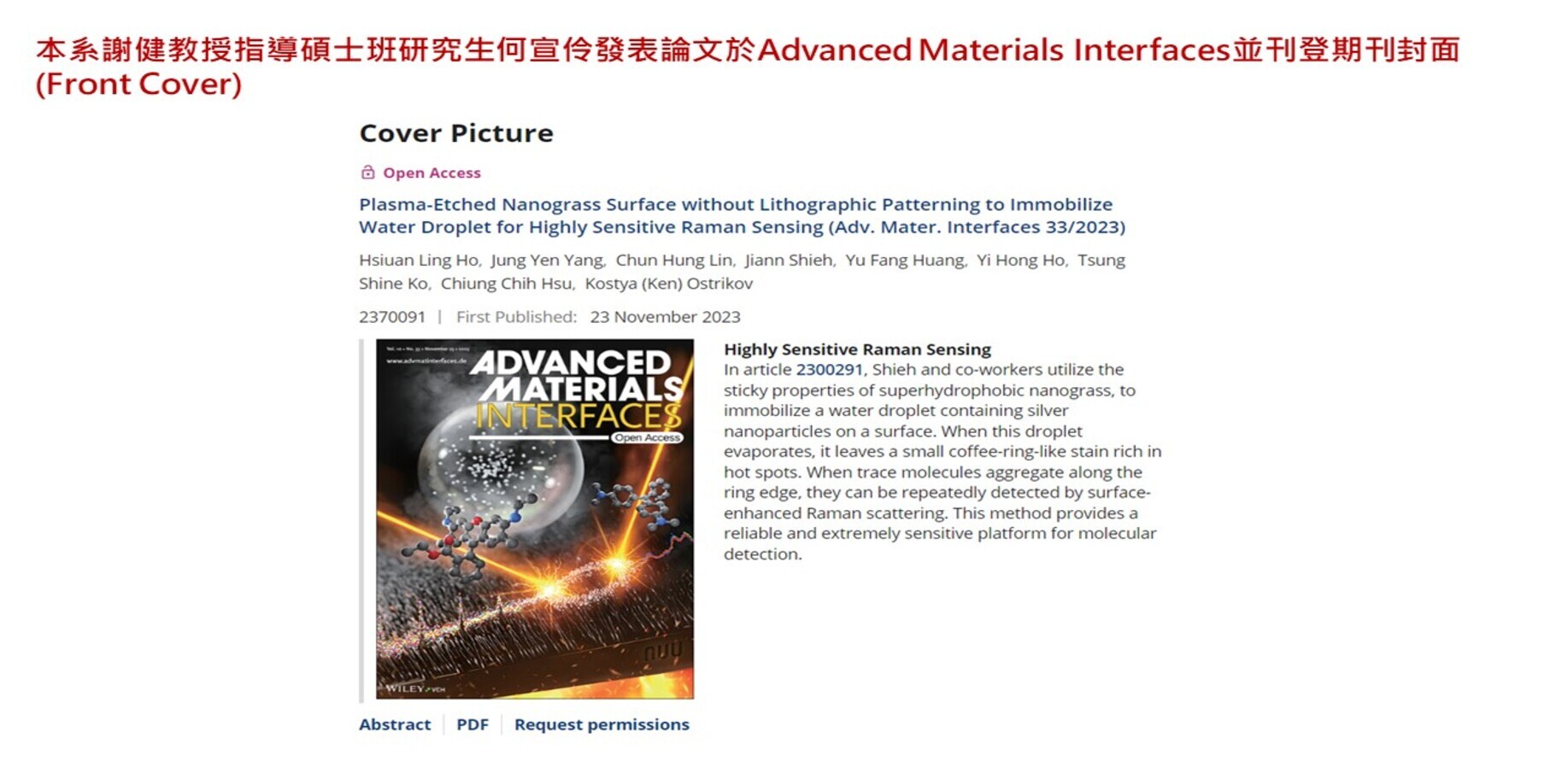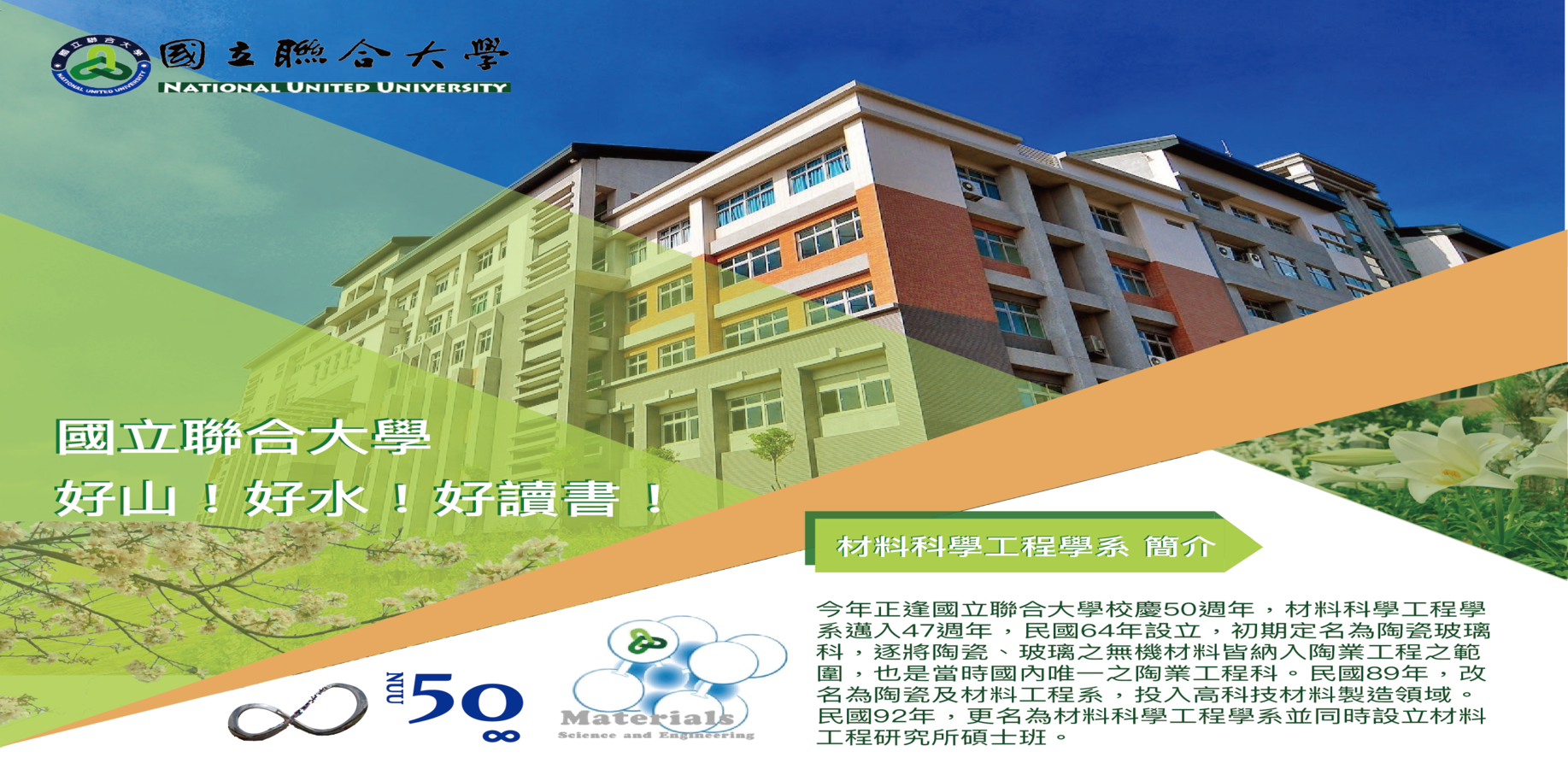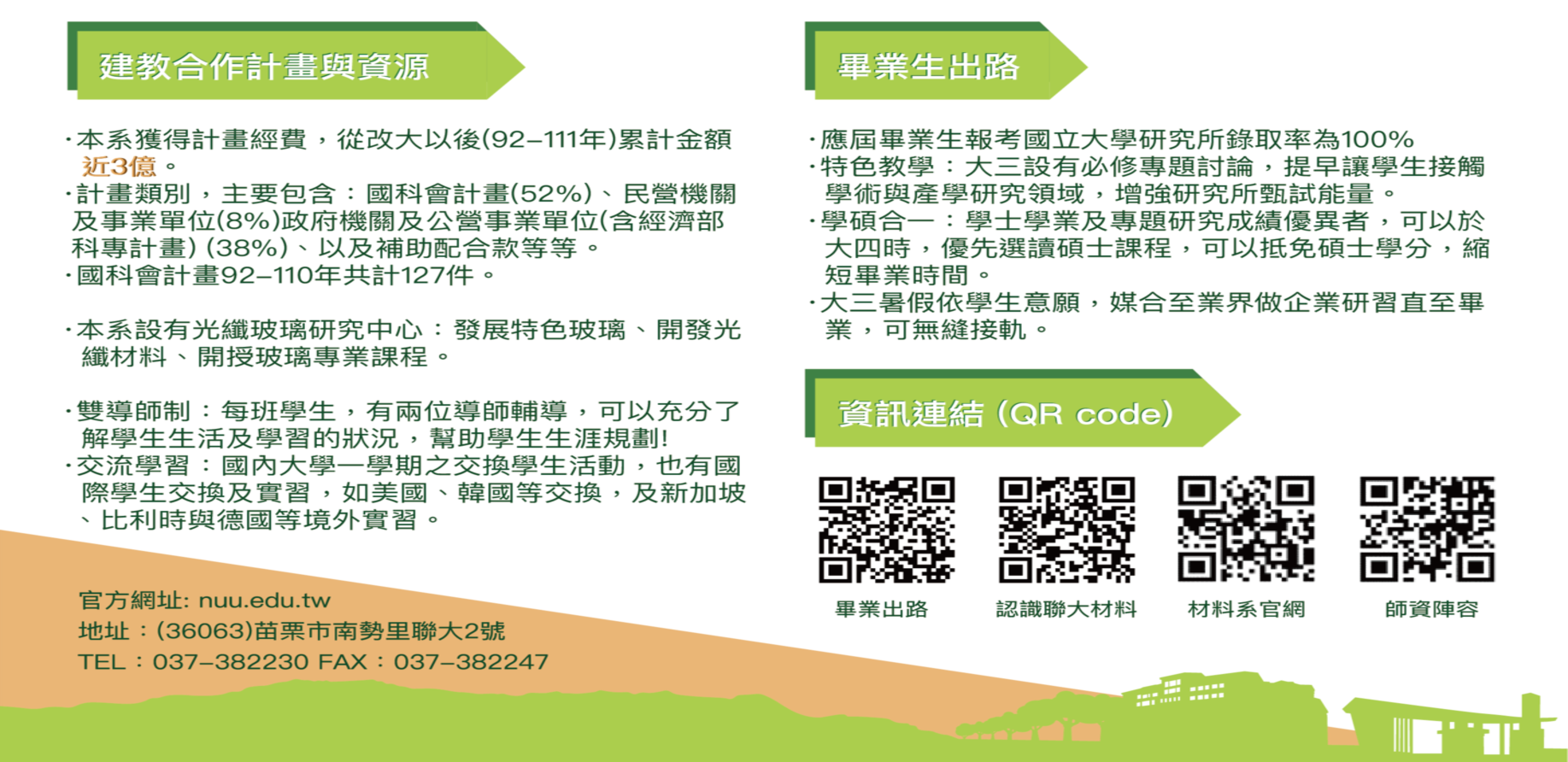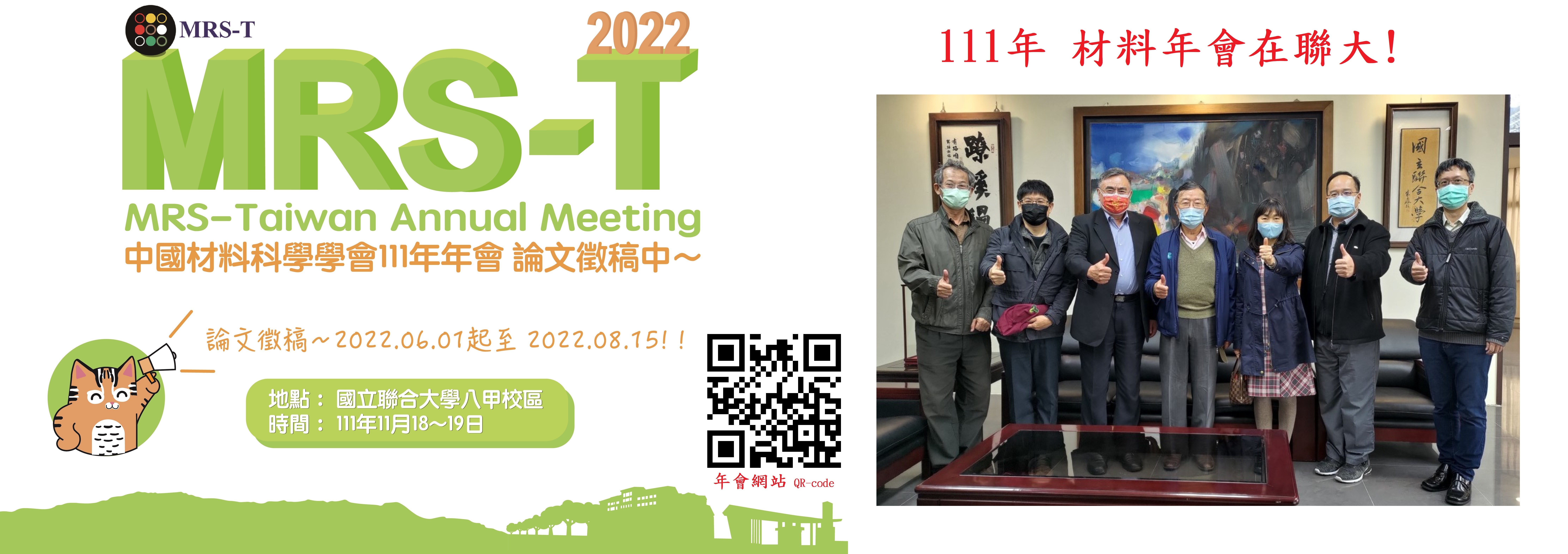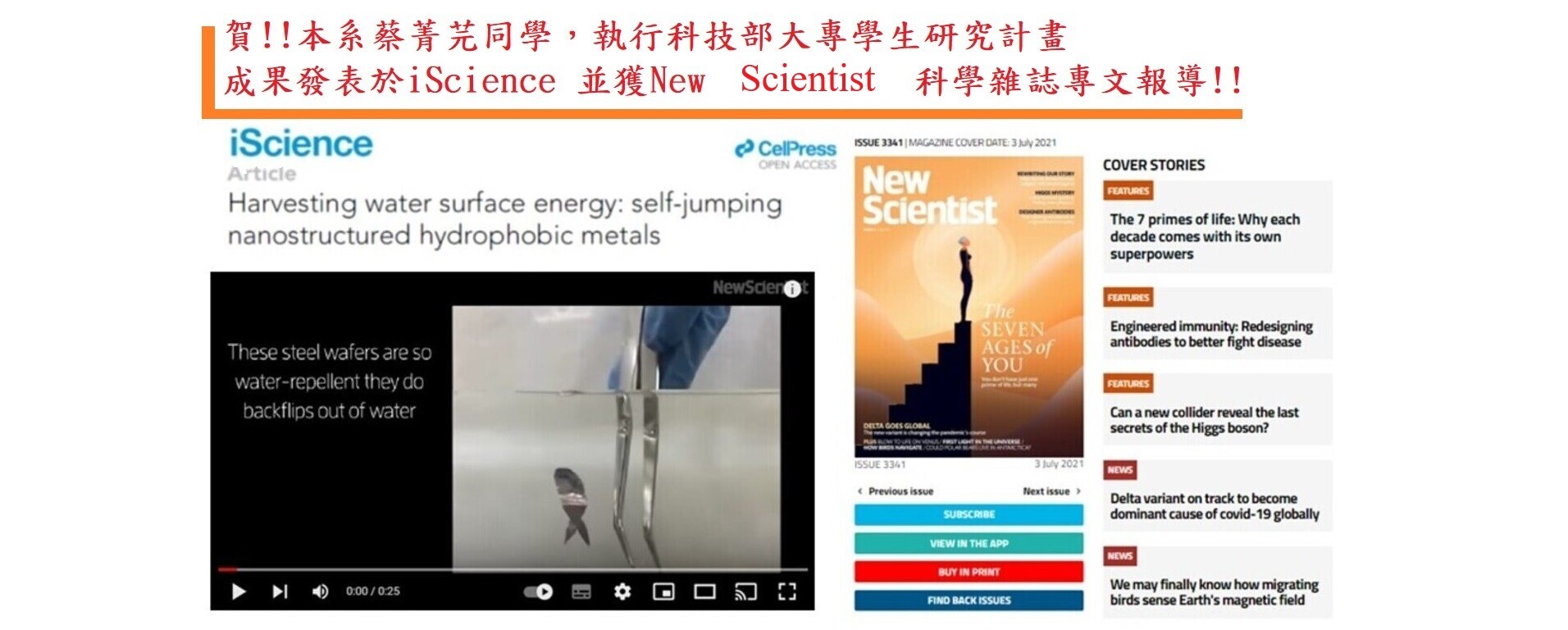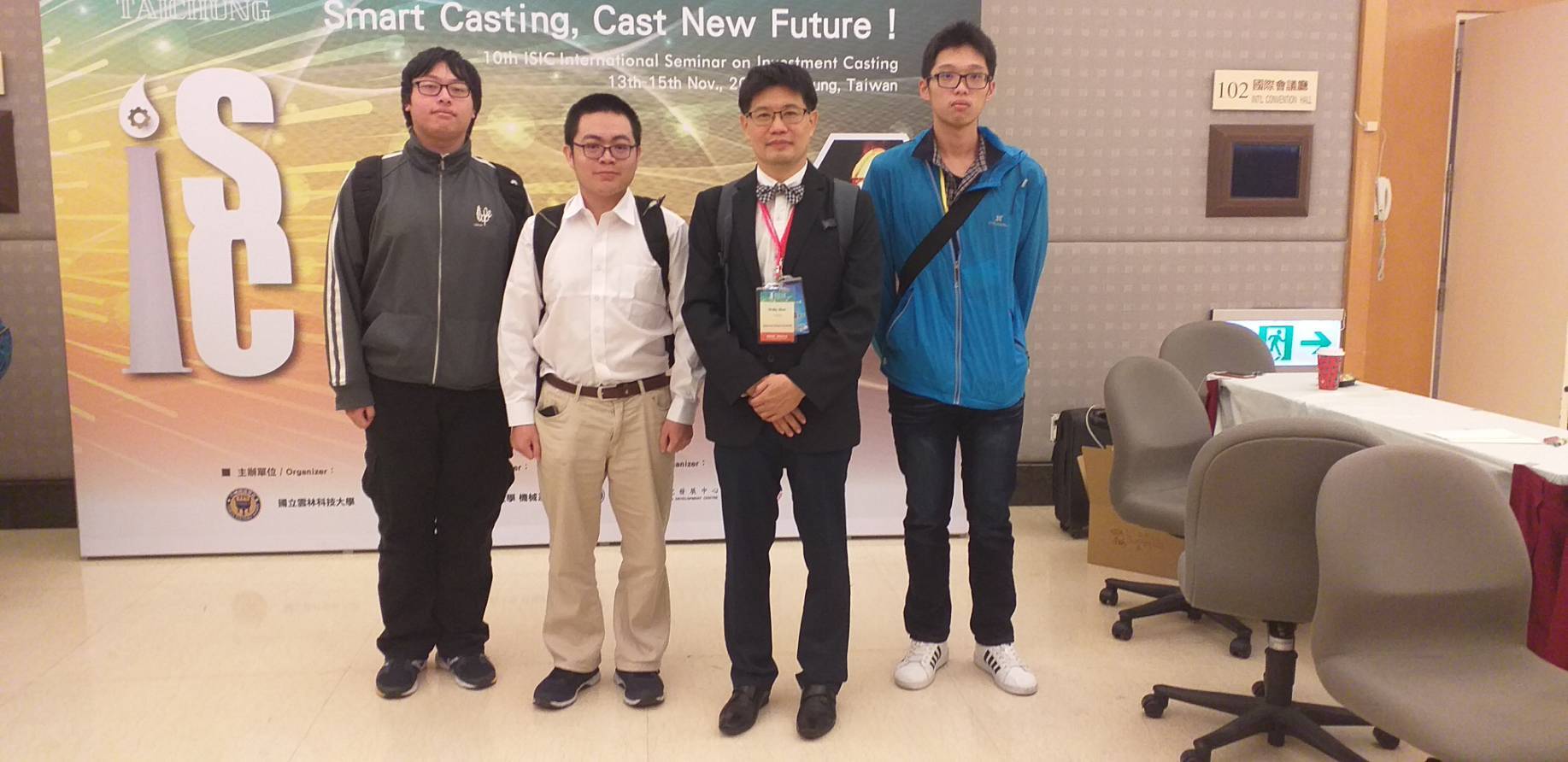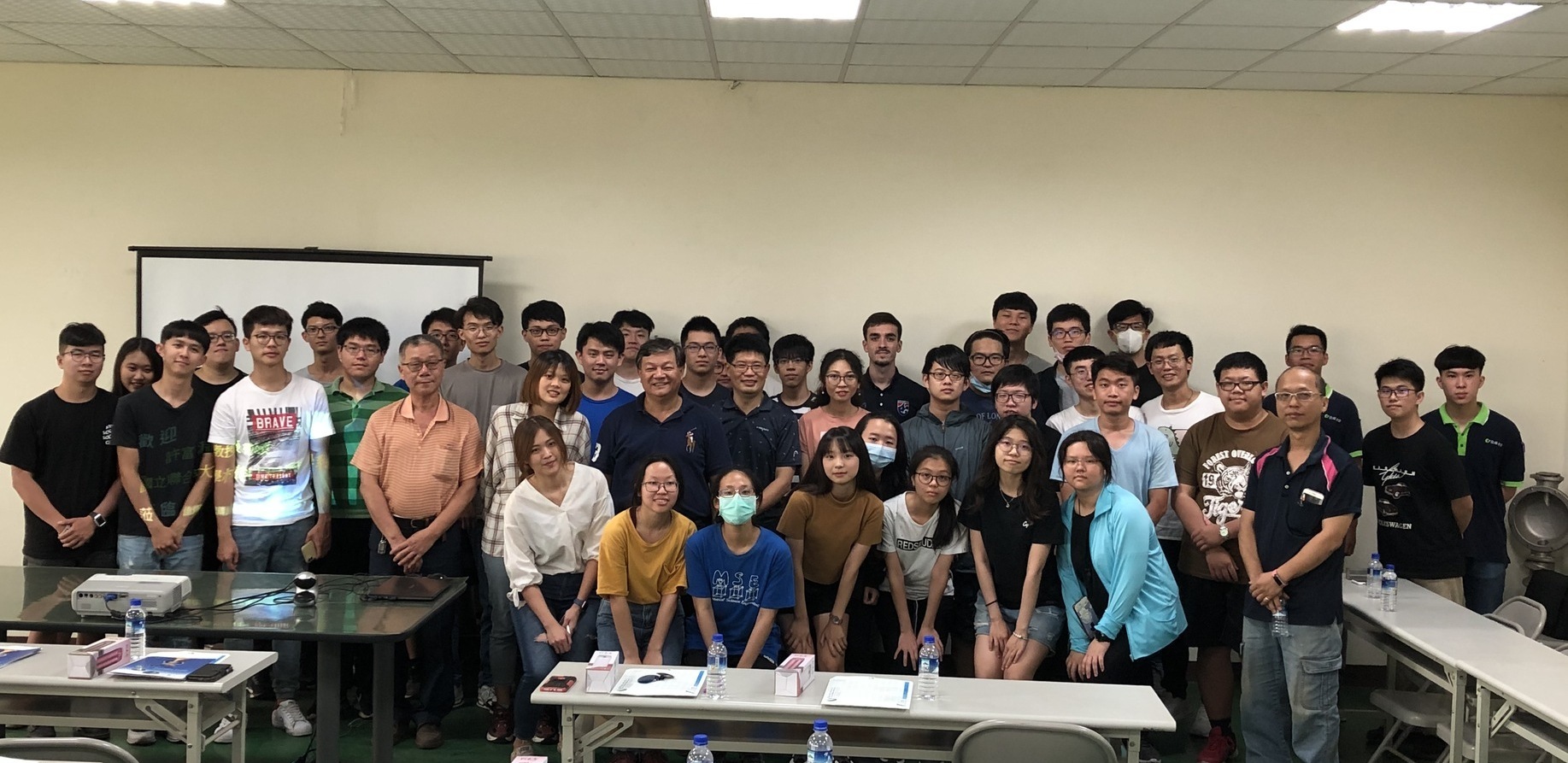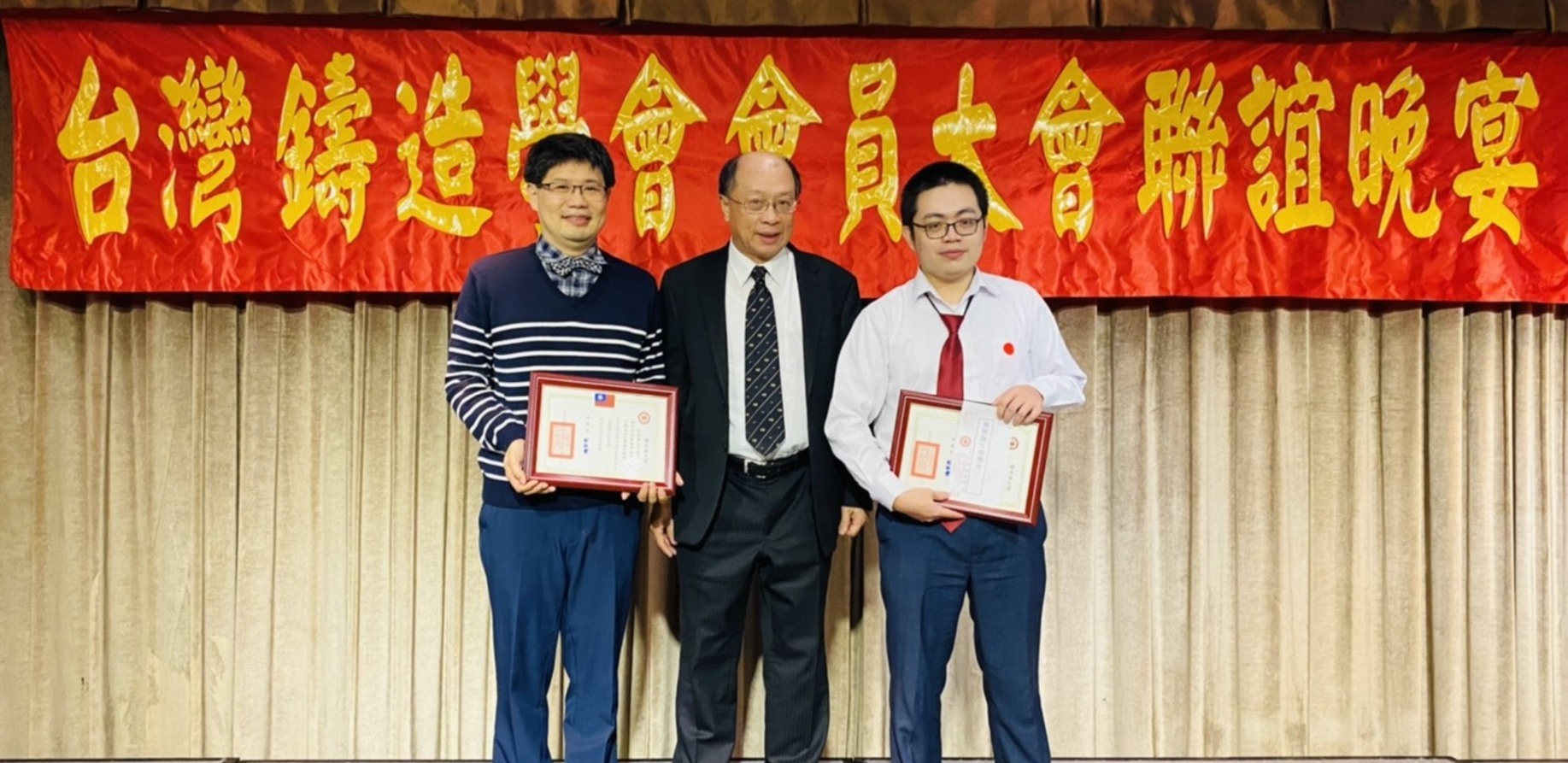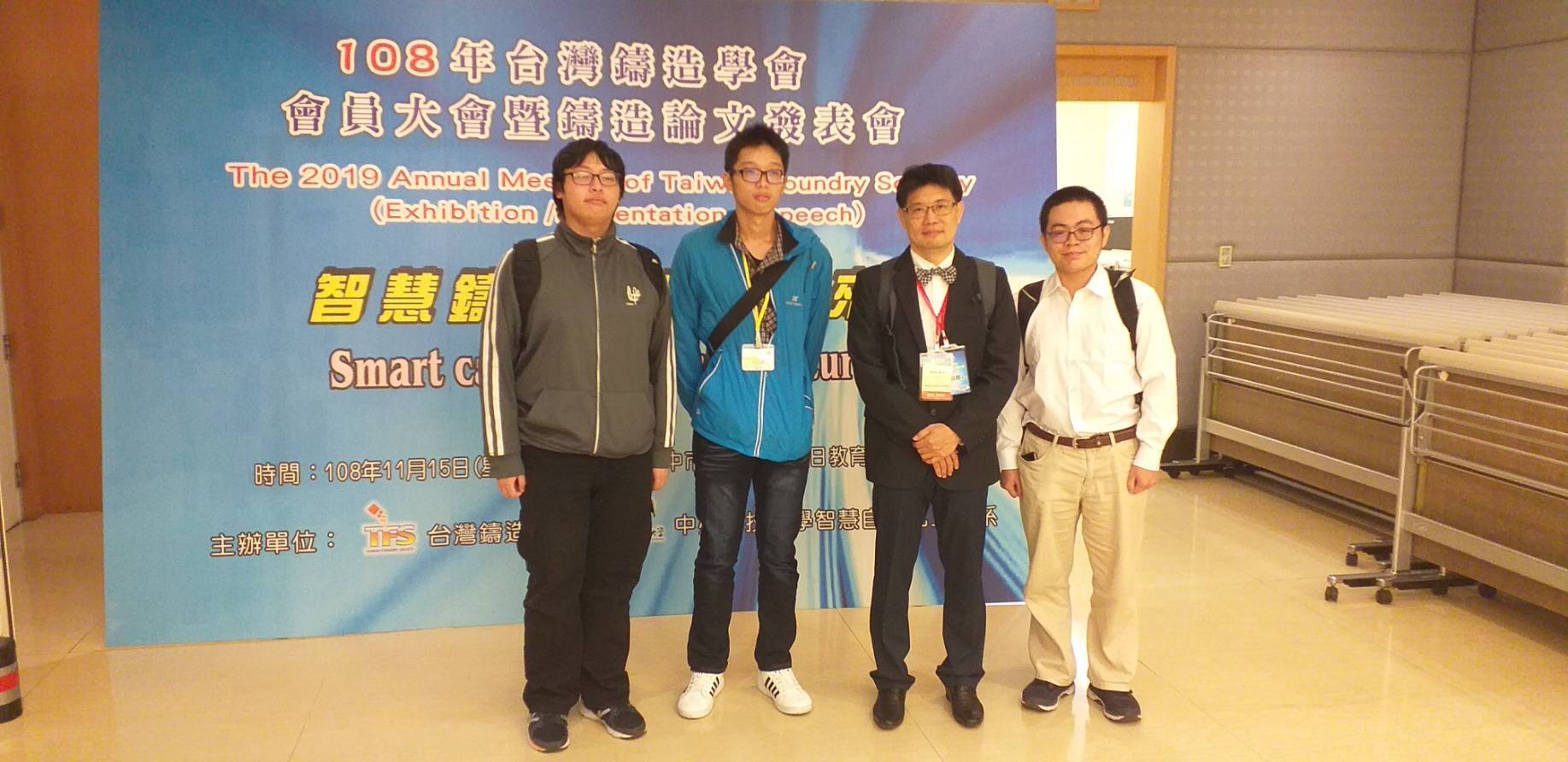半導體物理(賴宜生)
半導體物理
頁首 / 半導體物理
課程名稱 |
(中文) 半導體物理 |
開課學程 |
大學部 |
||
(英文) Semiconductor Physics |
課程代碼 |
DSCE0362 |
|||
授課教師 |
賴宜生 |
||||
學分數 |
3 |
必/選修 |
選 |
開課年級 |
材料二 |
建議先修科目 |
工程數學(一)、量子物理導論 |
||||
課程概述 (course description): 這門課程主要介紹半導體的物理基礎,包含半導體元件內部載子的特性、操作與限制,授課主題涵蓋了固態的量子理論、熱平衡與非熱平衡下的半導體性質,從能帶理論、載子特性、載子傳輸來解釋這些性質,此外並講解半導體電性與熱、光、電等這些因子在熱平衡與非熱平衡下的特性,這些觀念都有助於學生了解這些元件的操作與未來發展,這些元件包括p-n二極體、金屬–半導體接面、與雙極性電晶體和金氧半電晶體。 The course presents to undergraduates the basis of the characteristics, operation, and limitations of semiconductor devices. The subject covers the quantum theory of solids, semiconductor properties under thermal equilibrium, and under non-equilibrium conditions. These properties are explained in terms of energy band theory, carrier characteristics and transport. Besides, the electrical behaviors of semiconductor in connection with thermal, photon, and carrier injection under thermal equilibrium and non-equilibrium conditions are also discussed. All of those are important to the understanding of operation of the devices and future development in the field, including p-n junctions, metal-semiconductor junctions and transistors, both bipolar junction (BJT) and metal-oxide semiconductor (MOSFET). 課程目標 (course objectives): 1. 教導學生半導體的材料結構與製程 2. 以理論基礎讓學生了解半導體中載子與晶格原子交互作用的量子現象 3. 解釋能帶理論、費米能階與p型和n型半導體 4. 讓學生了解熱平衡下半導體中載子的平衡濃度與傳輸現象 5. 讓學生了解非熱平衡下載子的傳輸現象 |
|||||
教科書 |
D. A. Neamen, Semiconductor Physics and Devices - Basic principles, 4th edition, McGraw-Hill, Singapore, 2012. |
||||
參考書籍 |
B. G. Streetman, S. K. Banerjee, Solid state electronic devices, 6th edition, Pearson Prentice Hall, Singapore, 2006. |
||||
SDGs |


|
||||
單元主題 |
內容綱要 |
對應之學生核心能力 |
核心能力達成指標 |
||
半導體晶體結構 The crystal structure of semiconductors |
1. 何謂半導體 2. 半導體晶體結構 3. 單晶與磊晶製程 |
P1, P2, P3, P5, P8 |
以作業、期中考、期末考來驗證學生核心能力的達成。 |
||
量子力學的介紹 Introduction to quantum mechanics |
1. 光電效應 2. 波粒二重性 3. 不確定原理 4. 薛丁格波動方程式 5. 四個薛丁格波動方程式的解 6. 原子的波動理論 |
P1, P2, P3, P5, P8 |
以作業、期中考、期末考來驗證學生核心能力的達成。 |
||
固態量子理論簡介 Introduction to the quantum theory of solids |
1. 允許與禁止能帶 2. 能帶理論 3. 三度空間的能帶理論 4. 狀態密度函數(DOS) 5. 統計力學 |
P1, P2, P3, P5, P8 |
以作業、期中考、期末考來驗證學生核心能力的達成。 |
||
平衡狀態下的半導體 The semiconductor in equilibrium |
1.
半導體中的載子 2. 摻雜原子與能階 3. 外稟半導體 4. 機率函數與費米能階 5. 電中性原理 6. 費米能階位置 |
P1, P2, P3, P5, P8 |
以作業、期中考、期末考來驗證學生核心能力的達成。 |
||
載子傳輸現象 Carrier transport phenomena |
1. 漂移電流 2. 擴散電流 3. 摻雜原子梯度分布 4. 霍爾效應 |
P1, P2, P3, P5, P8 |
以作業、期中考、期末考來驗證學生核心能力的達成。 |
||
半導體中非平衡狀態下的過量載子 Nonequilibrium excess carriers in semicondcutor |
1. 載子的產生與再結合 2. 過量載子的特性 3. 雙極性載子傳輸 4. 準費米能階 5. 過量載子生命期 6. 表面效應 |
P1, P2, P3, P5, P8 |
以作業、期中考、期末考來驗證學生核心能力的達成。 |
||
教學要點概述: 1. 教材編選:以ppt檔案呈現教材 2. 教學方式:課堂講授 3. 成績評量方法:甲、Homework (4次) 30%,乙、Midterm Exam 35%,丙、Final Exam 35%。 4. 教學資源:http://elearning.nuu.edu.tw/ |
|||||
瀏覽數:


